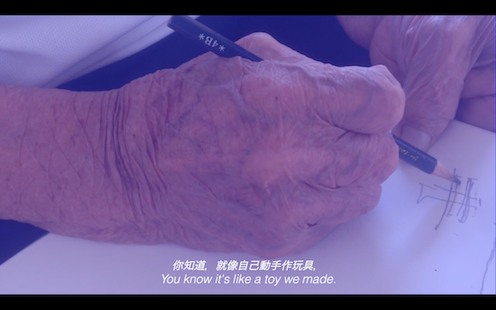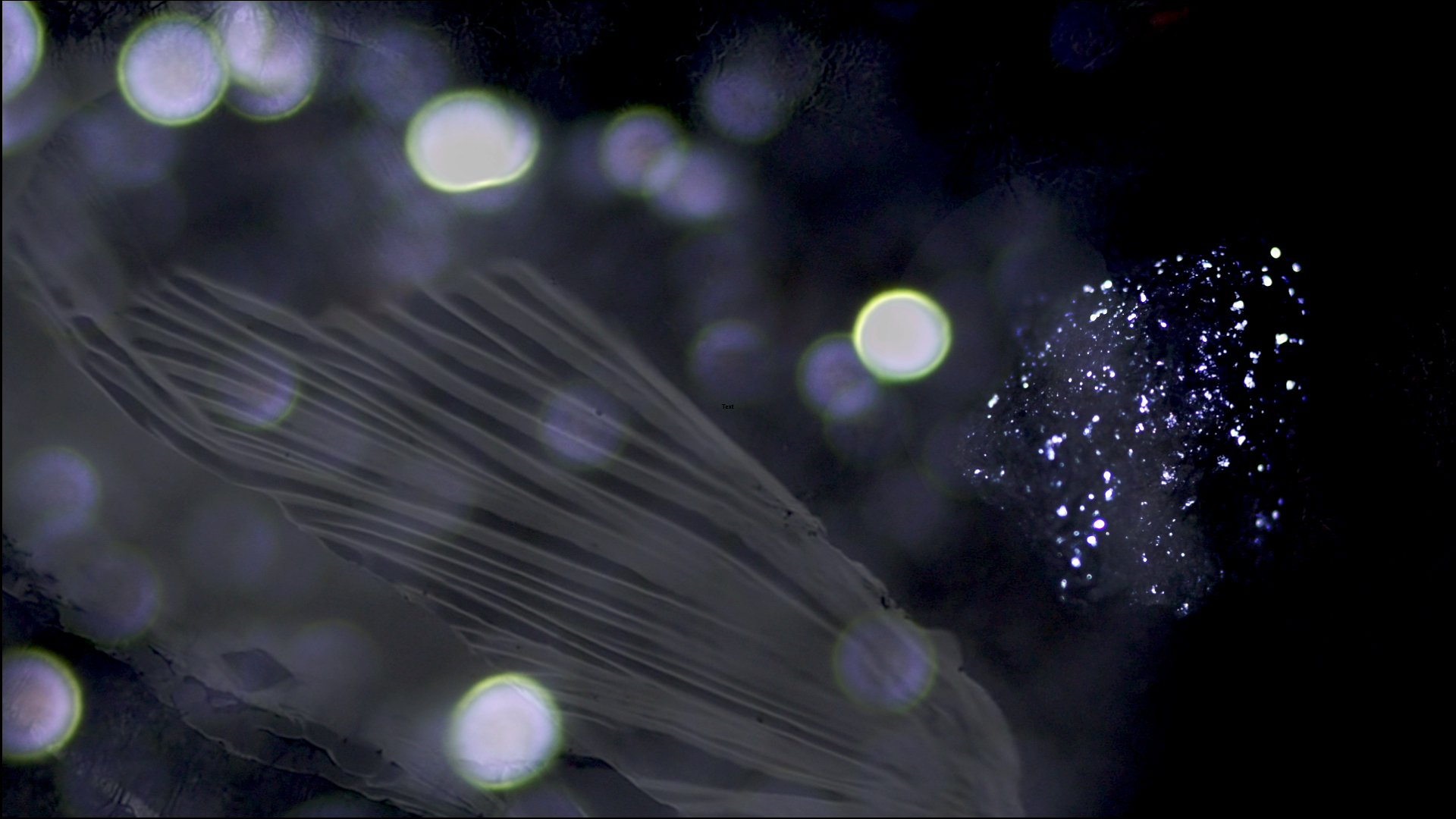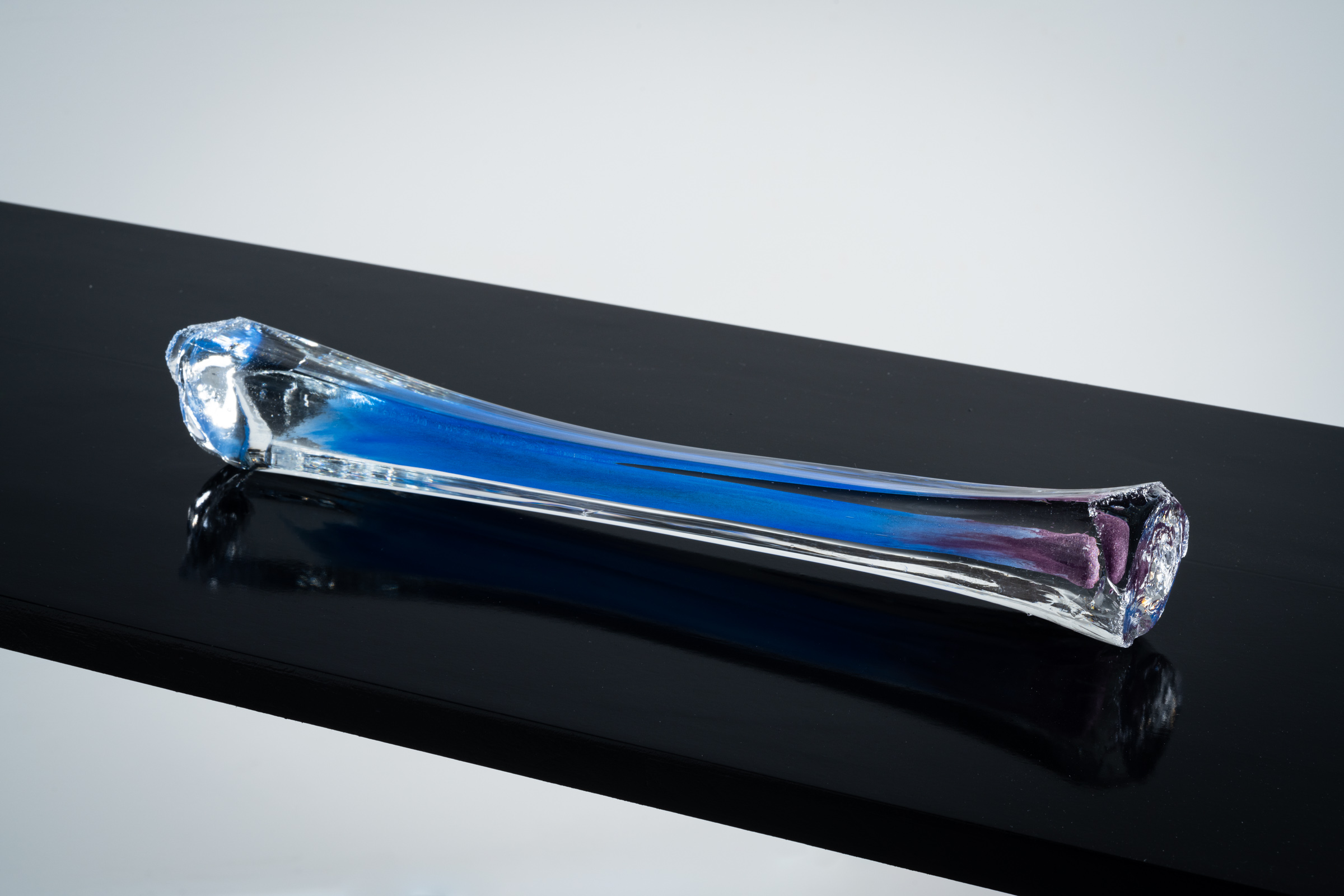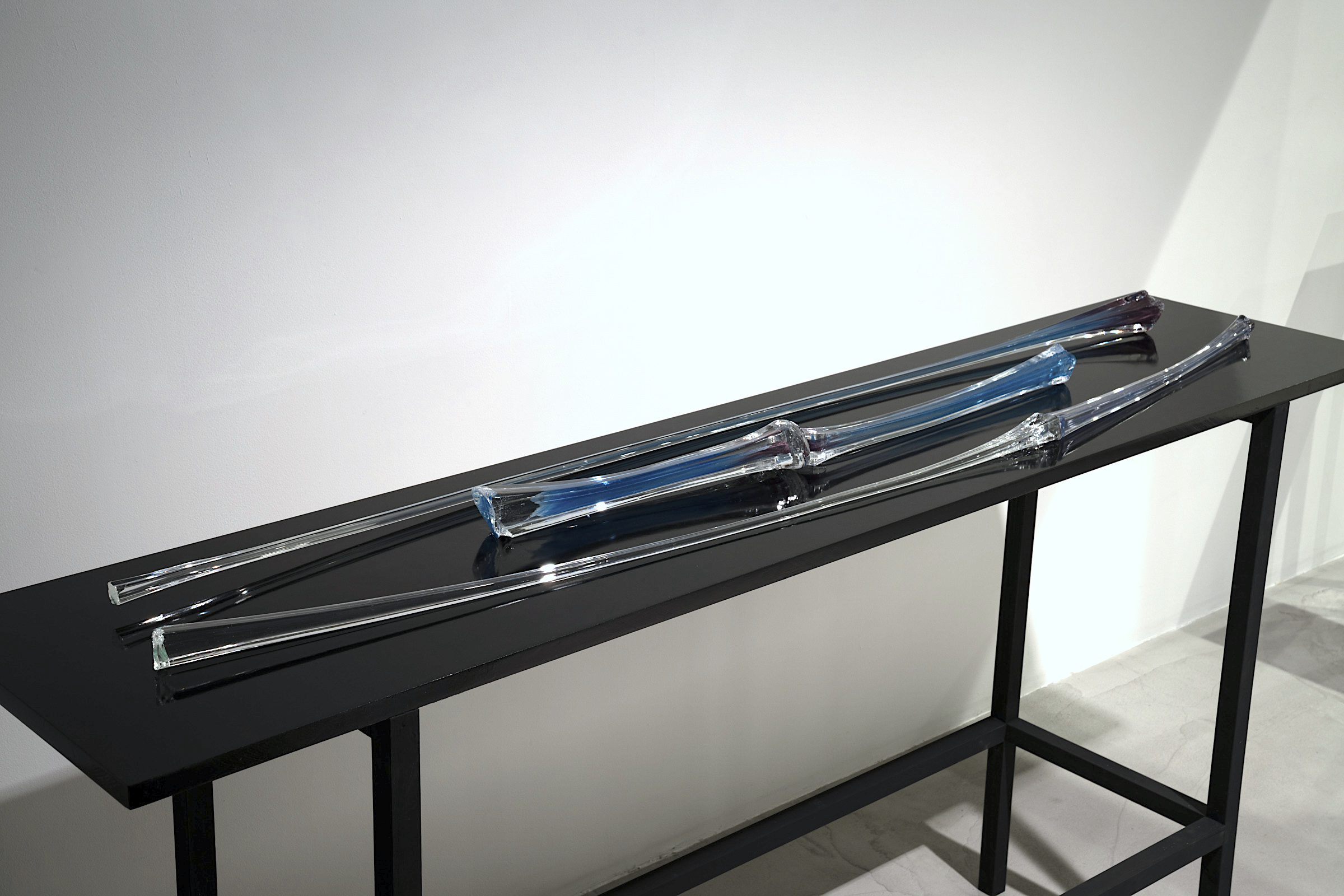WE MELT THEM AND POUR IT ON THE GROUND
documentation photo
ABOUT THE PROJECT
Taiwan became the first colony of Japanese empire in 1895. The scientists from all discipline were hired by the colonial government to analyse the resource of then to be colonised land, culture and people. The project focuses on a group of anthropologists/archaeologist who were interested in the origin of Japanese; how the race has formed. It is said that these scholars conducted studies of the indigenous culture of Taiwan to theorise hypotheses that were linked intentionally to justify the expansion of the idea of "WE" = empire, which also ironically became the very first scientific research and formed important archive. For some of the scientists, their own academic ambitions and interests were the true motivation to take part in such a scheme although the purpose of the state seems to overtake the personal. The project attempts to examine and unwind the tension between these two force that entangle with each other.
WE MELT THEM AND POUR IT ON THE GROUND
(single channel video essay, HD, stereo, 20f29", 2020)
viewing link: https://youtu.be/yATysRLBRZ0

It is a video essay based on an archaeological excavation that took place in Peinan, a village of the rural coast of Taiwan - the Japanese colony at that time, during the heat of the war between Japan and U.S.A.. Two Japanese ethno-archaeologists Takeo Kanasaki and Naoichi Kokubu excavated the site under the air raids of US military forces. The work reads into some of the archival photos, interview recordings of the archaeologist, and the academic report "Research on a Prehistoric Site Near Peinan, Formosa". It leads the visitors to Peinan site in January 1945, makes them listen to the footsteps of the archaeologists, explosions of the bombs in a distance and the gun shots directed towards them and finally to the motivation behind the excavation in such extreme danger. The words of the academic report are transformed into an audio visual composition of flashing colors, text slides on beats. The footage of the interview of the elders of Puyuma tribe who have lived near the Peinan site is layered on the report. They tell the artist that they had picked up the bullets, taken lead from them, melted the lead, dug the earth making a mold and cast the lead to make their accessories. The narratorial voice sometimes changes its mode of storytelling from a calm wondering voice into spoken words on rhythmic music, evokes the resonance between two gestures of the archaeologists and the indigenous children as a way of resistance against the irresistible violence of war.
The work is produced partly with the support of National Museum of Prehistory Tawiwan, Future Site Project 2018
It is a part of the collection of National Museum of Prehistory Taiwan and Kaohsiung Museum of Fine Art.
GALENA |confession
(single channel video, HD, stereo, 6f24h, 2021)
viewing link: https://youtu.be/OidYn97SFF8

This is a second chapter of the series. It responds to a question that became the central force while making the first video essay "WE MELT THEM AND POUR IT ON THE GROUND"(2020) in a particular direction. "Where did the bullets go?"; the question regarding the bullets shot in East Coast of Taiwan towards Japanese archeologists in the heat of World War II now turns its direction - rewinding. "Where did the bullets come from? The subtitles, a silent voices, tells a story of lead from the perspective of human being in a myth like manner and as a confession. The complex drone sound that penetrates the work gives a tone color to these silent voice. Along with the sound, the super-slow motion image of the sparkling and circulating object gradually reveals itself; an ore of lead, galena. Abstracted landscape in the background shows an abandoned mine, a hollowed earth, the original place where the lead of the bullets came from. The sense of absence within the work connects to the other chapters of the series.
It is a part of the collection of Kaohsiung Museum of Fine Art.
a contour of a small relief
(lead sheet, 2021)

photo: Ken Kato
It is a sculptural work, which uses a lead sheet, heavy yet malleable. The work shows the absence of the actual bullet, the violence, with most probably the same shape and the size, that were actually directed against the Japanese archeologist.
It is a part of the collection of Kaohsiung Museum of Fine Art.
a material to foresee our histories yet to come otherwise a fossil(that flows and would eventually be layered upon itself)
(lead glass, 2021), glass production: Emi Hirose



photo: Ken Kato
It is a series of unique sculptural works made with crystal glass; the glass that is compounded with lead for more transparency. The characteristic of glass, a substance between liquid and solid, resonates with the artistfs understanding of history and the recounting of history not as conclusive but as plural and even imaginary.
4 of them became a part of the collection of Kaohsiung Museum of Fine Art.
(c) 2023 a few notes production